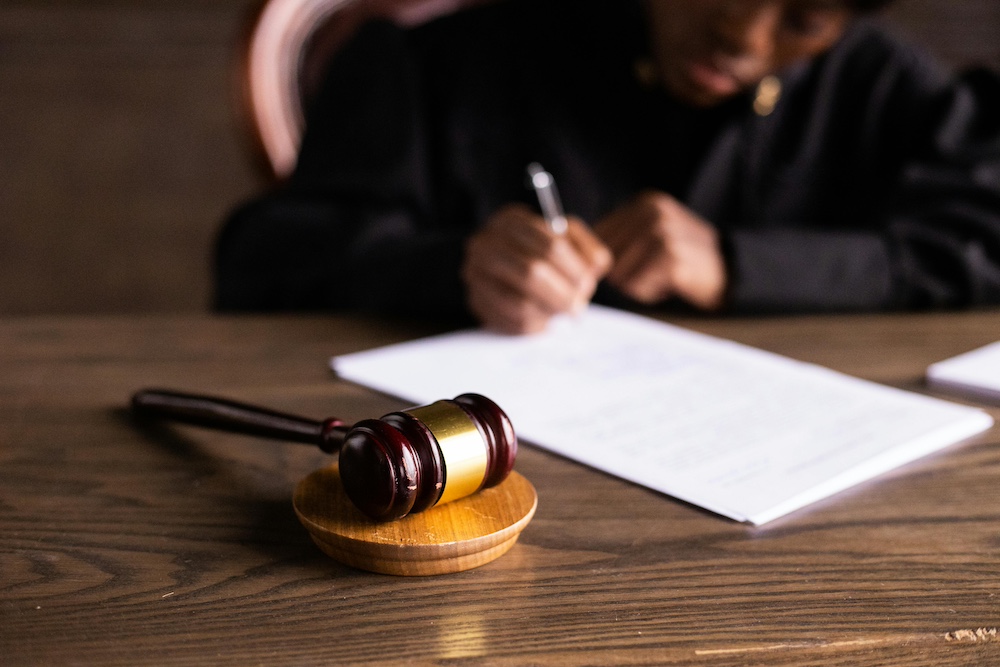
Youth bail hearings are one of the most critical stages in the Canadian criminal justice process for young people. When a youth is arrested and charged with an offence, the question of whether they will be released back into the community or detained in custody until trial is decided at a bail hearing. This process has significant implications, not only for the youth’s immediate freedom but also for their ability to continue school, maintain family relationships, and prepare a proper defence. Parents and guardians should understand how youth bail hearings work under the Youth Criminal Justice Act (YCJA) and what factors courts consider when making these decisions.
What is a Youth Bail Hearing?
A youth bail hearing, often called a “show cause” hearing, takes place shortly after a young person is arrested and charged. The purpose is to determine whether the youth should remain in custody or be released until their trial. Unlike adult bail hearings, youth bail hearings are guided by the YCJA, which places an emphasis on rehabilitation and reintegration. The law recognizes that young people are still developing and should not be unnecessarily detained unless there is a clear and compelling reason.
The Legal Principles Under the YCJA
The YCJA sets out principles that guide judges when deciding on bail for youth:
- Detention before trial should only be used as a last resort.
- The focus should be on measures that promote accountability and rehabilitation rather than punishment.
- Youth have the right not to be denied reasonable bail without just cause, a protection reinforced by section 11(e) of the Canadian Charter of Rights and Freedoms.
Who Has the Burden at a Youth Bail Hearing?
In most cases, the Crown prosecutor has the burden of showing why a youth should not be released. They must prove that detention is necessary to ensure the youth attends court, to protect public safety, or to maintain confidence in the administration of justice. However, in some circumstances—such as serious violent offences or when a youth was already on release at the time of reoffending—the burden shifts to the youth to show why they should be released. This is known as a “reverse onus” situation.
Factors Considered by the Court
When deciding bail for a youth, the court considers several factors:
- The seriousness of the charges: More serious or violent allegations weigh against release.
- The youth’s prior record: Previous offences, breaches of court orders, or failures to attend court may influence the decision.
- Public safety: The risk of the youth committing another offence if released is carefully assessed.
- Support at home: The presence of responsible parents or guardians who can supervise the youth is a critical factor.
- Alternative measures: The court will explore whether conditions such as curfews, counselling, or supervision can address concerns instead of detention.
Possible Outcomes of a Youth Bail Hearing
At the conclusion of a bail hearing, the court may:
- Release the youth unconditionally: Rare, but possible if the court finds no risk factors.
- Release the youth with conditions: The most common outcome, requiring the youth to follow rules such as curfews, reporting to a bail supervisor, attending school, or avoiding contact with certain people.
- Release under a surety: A parent, guardian, or other adult takes responsibility for supervising the youth and may pledge money as a financial guarantee.
- Detain the youth: If no release plan satisfies the court’s concerns, the youth may remain in custody until trial.
Common Bail Conditions for Youth
Bail conditions for youth are often tailored to their age and circumstances. Examples include:
- Attending school or counselling regularly
- Abiding by a curfew
- Living with a parent or guardian
- Avoiding drugs, alcohol, or weapons
- Having no contact with certain individuals, such as co-accused or victims
- Reporting to a probation officer or bail supervisor
These conditions are intended to balance the youth’s rehabilitation with public safety.
The Role of Parents and Guardians
Parents and guardians play a crucial role in youth bail hearings. Courts often look to them to supervise and ensure compliance with bail conditions. Demonstrating a stable home environment and a willingness to monitor the youth can be decisive in securing release. Parents may also act as sureties, pledging to oversee their child and risking financial penalties if conditions are breached.
Consequences of Breaching Bail Conditions
Failing to comply with bail conditions is a criminal offence. For youth, this can mean re-arrest, stricter conditions, detention, and a negative impact on future bail hearings. It can also affect sentencing if the youth is later convicted of the original offence. Parents and guardians should work closely with their child to ensure strict compliance.
Importance of Legal Representation
Youth bail hearings move quickly and the stakes are high. An experienced criminal defence lawyer can argue for release, propose reasonable conditions, and prepare a strong release plan. Legal representation is also vital if the Crown is seeking detention, as defence counsel can challenge the evidence and demonstrate that release is consistent with the principles of the YCJA.
Schedule a Free Consultation with Lichtman Law
If your child has been arrested and is facing a bail hearing, immediate legal assistance is essential. Proper representation can make the difference between detention and release, with long-term implications for your child’s future. Contact Lichtman Law today to schedule a free consultation and speak with an experienced criminal defence lawyer who can guide you through the youth bail process.